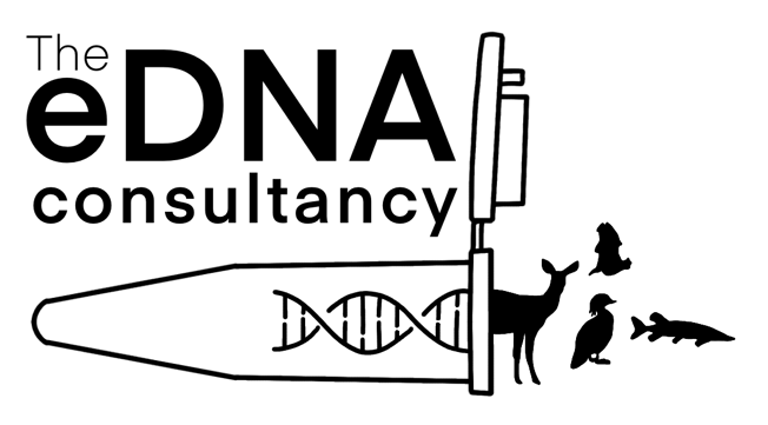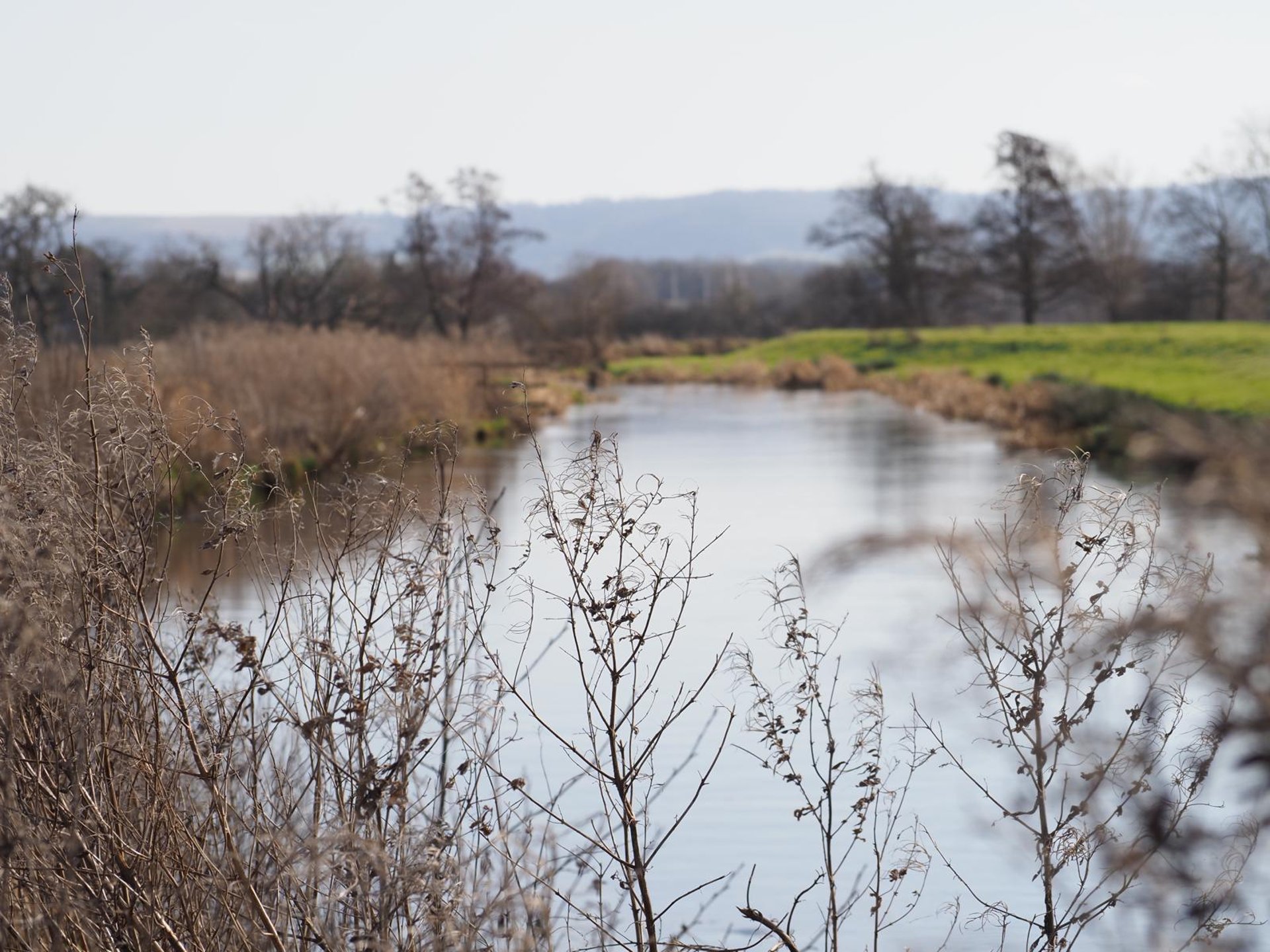
Survey Design
The eDNA Consultancy brings expertise and innovation to provide clarity in DNA based monitoring


Well-designed projects turn powerful eDNA data into clear insights about biodiversity. We can combine your ecological knowledge with our eDNA expertise to build surveys that are robust, straightforward to implement and tailored to your target species and habitats. Proper survey design helps you to confidently collect samples and generate the evidence you need.
“eDNA surveys have incredible potential, the better the design, the clearer the story they tell about our environment.”
Why survey design matters
A good eDNA survey aligns ecological context with an array of molecular methods so your results reflect the patterns in species presence and distribution. Careful choices about timing, sample number, replication, and sample type can increase detection probability, reduce false negatives, and give you data you can use with confidence (a false negative occurs when a species is present but goes undetected, poor sampling strategy and technique increases the likelihood of this happening). It can also ensure efficient use of budget and streamline field research time.
Sampling design considerations
Time of year and species activity levels
DNA shedding rates of target species
e.g. reproductive timing
Target species distribution and local abundance




Habitat type and environmental conditions that may affect DNA recovery
Sampling method and preservation
(soil, water, air, or terrestrial)
Sample specific variables
e.g. in aquatic surveys, dilution and flow dynamics
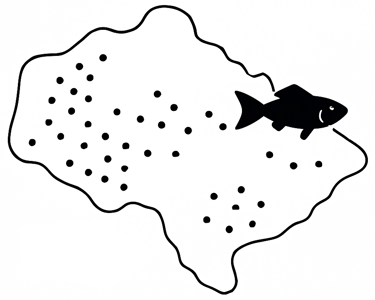

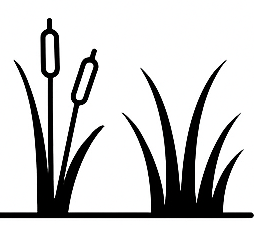




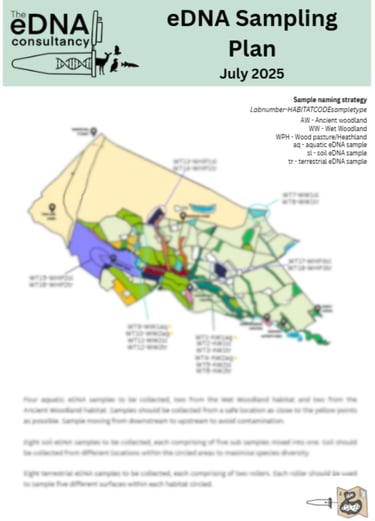
Advice on existing assays and primer selection
A defensible survey plan
Sampling framework
Sample number, maps optimal sample site locations, replication, and timing.
Sampling Design Output
aligned to meet your goals and detect your target species.
Custom primer design and validation in silico and in vitro if required
Efficient sampling strategy
that balances effort, cost, and detection probability.
Clean, reproducible methods and documentation
For projects requiring predictive or management applications, we can extend your sampling design to include:
Habitat suitability modelling
We map habitat suitability to identify the most likely sites for your target taxa, helping you focus survey effort where detection is most probable and reducing overall project costs.
Advice on which environmental variables to collect, such as water chemistry and habitat condition, to link species presence with habitat factors and strengthen interpretation of your eDNA results.
Following your survey, we can model true species presence by accounting for imperfect detection. These models guide future sampling, reveal key environmental drivers, and help identify false negatives.


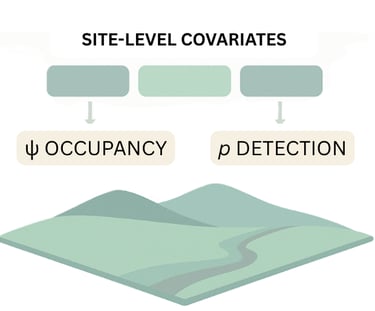

Project design and eDNA data interpretation support


Species distribution modelling
Occupancy modelling
Metadata advice
We always recommend surveying a smaller area robustly rather than a larger area poorly. By combining eDNA detections with environmental and spatial variables, we can predict species occurrence across unsampled areas, expanding your survey’s geography.
These modelling approaches translate eDNA detections into ecologically meaningful insights, helping you prioritise habitats, refine monitoring strategies, and support defensible conservation decisions.


Metadata design
Map layer sourcing and preparation
Targeted literature review
Identify key environmental and ecological variables influencing your target taxa to guide model development and sampling strategy.
Project Design Output
Compile and process relevant spatial layers (habitat, elevation, hydrology, land cover, climate, etc.) ready for use in modelling.
Develop custom metadata collection frameworks (e.g. water chemistry, habitat metrics, land use, and spatial data) to ensure compatibility with modelling approaches and long-term monitoring.
Modelling with clear method documentation and reporting.
Link HSM, occupancy, and SDM outputs to create a unified understanding of habitat quality, species occurrence, and landscape connectivity.
Cross-model integration
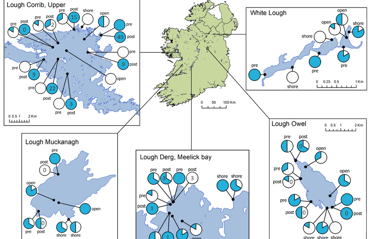



Sampling Design
Cost savings are typically achieved for projects with more than 10 samples. For surveys with 10+ samples, we recommend a full sample design package, starting from £50 and capped at £500.
£5/sample
Project design
£250/half day
Quoted based on the time required, reflecting project complexity and the availability of relevant map layers or environmental data. A detailed quote will be provided once the scope and complexity of the work are fully understood.


Pricing
Client's aim
To determine where infrastructure improvements should be made to restore historic fish populations.
Our input
We modelled sample collection points based on locations of barriers to fish movement and designed a complementary water quality monitoring plan. Collected and analysed eDNA and water chemistry samples
The output
Full report with publication quality data analysis. Statistically robust analyses contextualising eDNA findings with additional ecological parameters, mapping and recommendations.
Example Consultancy project
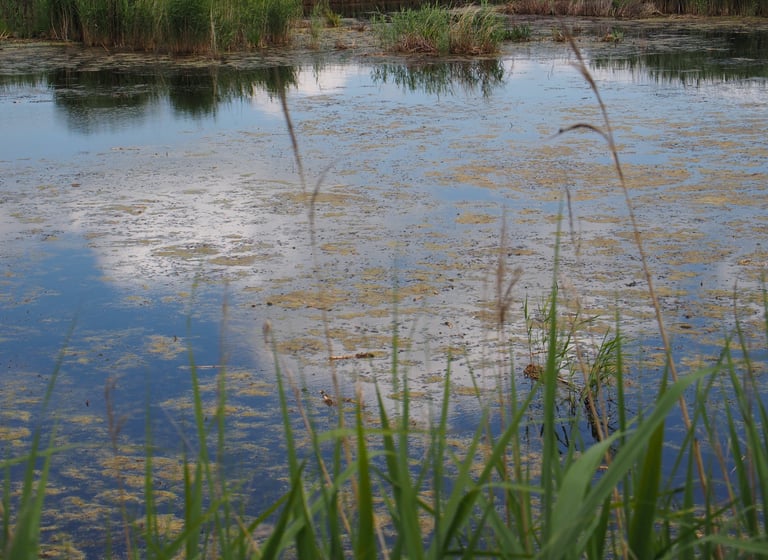



The eDNA Consultancy
Where our expertise meets yours
ADDRESS
Unit 4 & 5, Tanhouse Farm, Frampton on Severn, Gloucestershire, GL2 7EH, GB
INQUIRE ABOUT OUR SERVICES
Web design and graphics by Bear Bones
The eDNA Consultancy Ltd is registered in England and Wales 15508607. VAT no: 482885735 © Copyright The eDNA Consultancy Ltd. All rights reserved.
